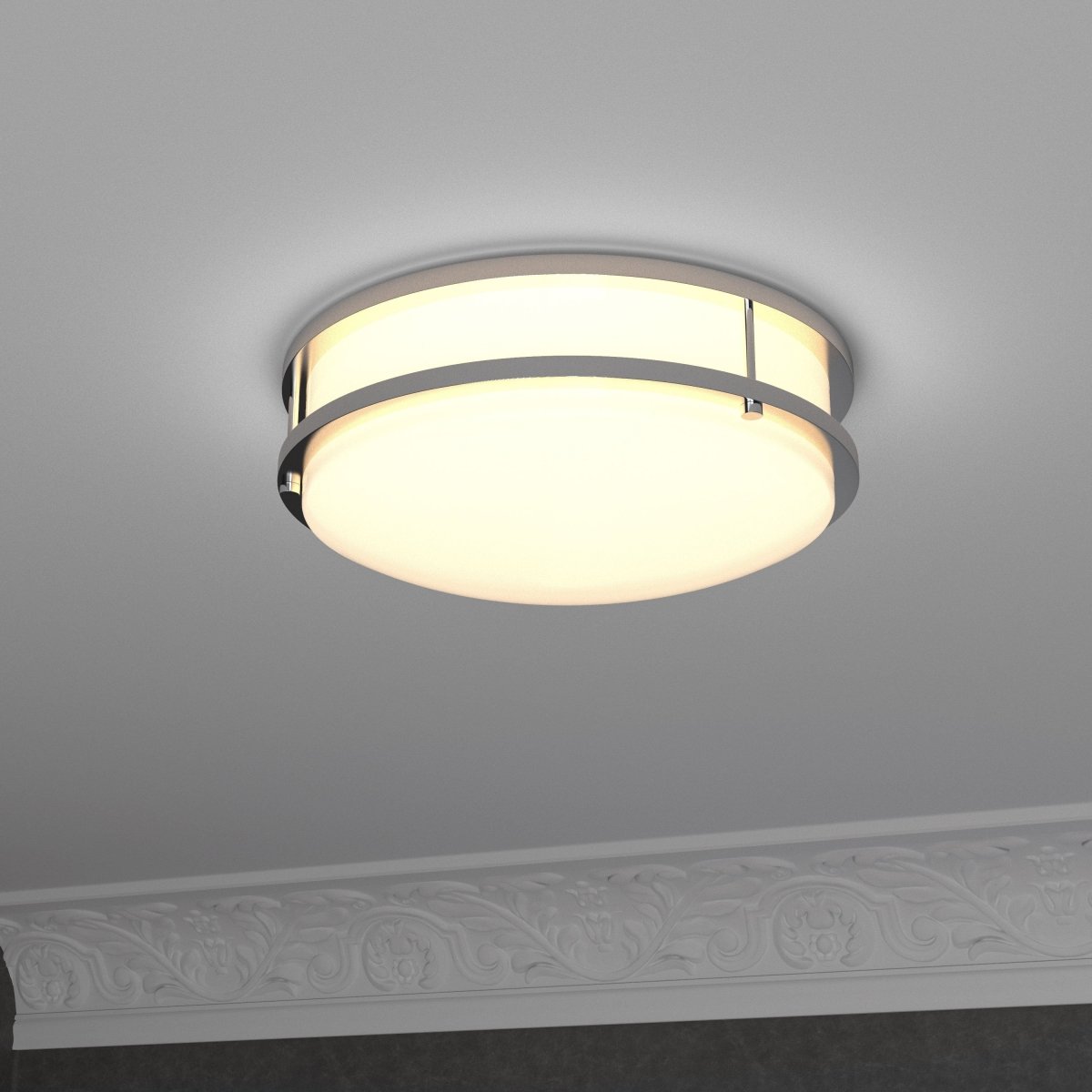| Heading | Subheading |
|---|---|
| Introduction | Exploring the connection between lighting and creativity. |
| Understanding Warm Lighting | Defining warm lighting and its characteristics. |
| Psychological Impact | How warm lighting affects mood and cognitive functions. |
| Creative Workspaces | Designing environments conducive to creativity. |
| Artistic Perception | The subjective interpretation of warm lighting by creatives. |
| Warm Lighting in Photography | Utilizing warm lighting techniques in photography. |
| Warm Lighting in Interior Design | Incorporating warm lighting into interior spaces. |
| Impact on Cognitive Functions | Scientific research on warm lighting's cognitive effects. |
| Cultural Influences | Cultural differences in lighting preferences. |
| Personal Preferences | Factors influencing individual lighting choices. |
| Balance and Flexibility | Finding the right balance between warm and cool lighting. |
| Technological Advances | Recent innovations in warm lighting technology. |
| Sustainability | Eco-friendly options for sustainable lighting solutions. |
| Case Studies | Real-world examples of successful warm lighting integration. |
| Conclusion | Summarizing the benefits of warm lighting for creativity. |
Introduction
The relationship between lighting and creativity is profound. Light not only illuminates our surroundings but also affects our mood, focus, and productivity. Creative individuals, in particular, are sensitive to their environment and seek conditions that enhance their imaginative processes.
Understanding Warm Lighting
Warm lighting refers to light with a color temperature on the lower end of the spectrum, typically ranging from 2000K to 3500K. This type of lighting emits a soft, yellowish glow that is reminiscent of sunlight during sunrise or sunset.
Psychological Impact
Numerous studies have shown that warm lighting can have a significant impact on mood and cognitive function. Warm light is often associated with feelings of comfort, relaxation, and intimacy, which can create an atmosphere conducive to creativity.

Creative Workspaces
Designing a workspace tailored to the needs of creative individuals is essential for fostering innovation. Incorporating warm lighting into the environment can help create a sense of warmth and coziness, encouraging individuals to feel more relaxed and open to new ideas.
Artistic Perception
Creatives often have a unique perception of light and its effects on their work. Many artists and designers prefer warmer lighting because it enhances the colors and textures of their creations, adding depth and dimension to their work.
Warm Lighting in Photography
Photographers understand the importance of lighting in creating captivating images. Warm lighting can add warmth and moodiness to photographs, evoking emotions and creating a sense of ambiance.
Warm Lighting in Interior Design
In interior design, warm lighting is often used to create inviting and inspirational spaces. Whether in homes, offices, or public spaces, warm lighting can transform a room, making it feel cozy and welcoming.
Impact on Cognitive Functions
Research has shown that exposure to warm lighting can have positive effects on cognitive functions such as attention, memory, and creativity. Warm light stimulates the brain in a way that promotes relaxation and focus, making it easier to think creatively.

Cultural Influences
Cultural differences can also play a role in lighting preferences. In some cultures, warm lighting is associated with hospitality and comfort, while in others, cooler lighting may be preferred for its modern and sleek aesthetic.
Personal Preferences
Individual preferences also play a significant role in lighting choices. Factors such as upbringing, personal experiences, and even genetics can influence whether someone prefers warmer or cooler lighting.
Balance and Flexibility
While warm lighting is favored by many creatives, finding the right balance between warm and cool lighting is key. A well-designed lighting scheme should offer flexibility to accommodate different tasks and moods.
Technological Advances
Advances in lighting technology have made it easier than ever to incorporate warm lighting into creative environments. LED bulbs, in particular, offer a wide range of color temperatures, allowing individuals to customize their lighting to suit their needs.

Sustainability
As environmental awareness grows, so does the demand for sustainable lighting solutions. Fortunately, many warm lighting options are now available that are both energy-efficient and environmentally friendly.
Case Studies
Numerous examples exist of successful integration of warm lighting in various industries. From art studios to coworking spaces to retail environments, warm lighting has been shown to enhance creativity, productivity, and overall well-being.
Conclusion
In conclusion, warm lighting offers numerous benefits for creative individuals. From its positive effects on mood and cognitive function to its ability to enhance artistic perception and ambiance, warm lighting plays a crucial role in fostering creativity and innovation.
FAQs
Q. Is warm lighting better for creativity than cool lighting?
A. Warm lighting is preferred by many creatives for its ability to create a cozy and inviting atmosphere, but the choice ultimately depends on individual preferences and the specific requirements of the task at hand.
Q. Can warm lighting improve productivity?
A. Yes, warm lighting has been shown to positively impact mood and cognitive function, which can lead to increased productivity, especially in creative endeavors.
Q. Are there any downsides to using warm lighting?
A. While warm lighting is generally preferred for its aesthetic and psychological benefits, it may not be suitable for all environments or tasks. Some individuals may find warm lighting too relaxing for activities that require high levels of alertness and concentration.
Q. How can I incorporate warm lighting into my workspace?
A. There are many ways to incorporate warm lighting into your workspace, such as using warm LED bulbs, adding accent lighting with lamps or string lights, or painting walls in warm, earthy tones to enhance the overall ambiance.
Q. Can I mix warm and cool lighting in the same space?
A. Yes, mixing warm and cool lighting can create a dynamic and versatile lighting scheme that caters to different activities and moods. Experiment with different combinations to find what works best for you.
























































































